#Editorials
Rivian Rolls Back Price Increase After Making Everyone Angry
On Tuesday, Rivian announced it would be increasing vehicle pricing by roughly 20 percent to account for higher inflationary pressures and higher component costs. It’s not the first electric vehicle startup to do so, or even the first automotive business that realized the hectic economic situation has created a window for expanding profit margins. But it was one of the few to get slapped in the face, metaphorically, after trying to get away with it.
Shares of the company began plummeting almost immediately as it endured widespread criticism, then people started canceling reservations. The plan would have made the $67,500 Rivian R1T electric pickup an $80,000 vehicle, while Rivian would have tacked on an additional $10,000 to the R1S SUV for a new ballpark total of $85,000. This included preorders, which would help to explain why everyone went bananas. But that particular aspect of the plan has been abandoned in an effort to save face and money.
Rare Rides Icons: The History of Stutz, Stop and Go Fast (Part IV)
Stutz Motor Cars was subject to multiple successive changes in both fortune and direction early in its existence. Founded in 1911 based on racing success at the inaugural Indianapolis 500, by the middle of the decade Stutz had its IPO on the New York Stock Exchange. While the company’s sales increased, by the end of the decade it was without its founder and embroiled in a stock cornering scandal. Though it was delisted from the NYSE circa 1921, Stutz kept on selling the luxury cars for which it had become known. We pick up in 1926, as Stutz hit a sales high but was on the precipice of a big tumble.
These Are the Worst Used Cars You Can Buy With Your Tax Refund
It’s that time of year again, when many of you will file your taxes and get back a bunch of money. Some more than others, of course, and probably not enough to buy the sort of car you probably want, but could it be enough for a down payment? That sounds about right – and, if you’re anything like me, you’re about to make a very bad decision.
Why are you making a bad decision? Because you’ve said the words, “ Why would I buy a new Accord when I could get a used [insert German sports sedan] for the same money?” out loud, and sort of believed it. If only a little.
Or, I dunno. Maybe you’re smart. If you are, sit back, get set for some Schadenfreude, check out some of the ridiculous cars we dumb people will be spending our tax money on/ruining our lives with once the H&R Block check hits.
Rare Rides Icons: The History of Imperial, More Than Just a Car (Part XVII)
In our last Imperial entry, we found the brand’s run came to an end. In production since 1926 and an independent brand since 1955, the Imperial fizzled out to nothing after 1975. Chrysler closed its luxury Imperial division, and the once proud two- and four-door Imperials were stripped of some standard features and rebranded into the Brougham trim of the New Yorker. The Imperial name had come a long way from its beginnings as a super luxurious coach built car for the wealthy, and ended up as a slightly nicer New Yorker with more formal front and rear clips. But 1975 was not the end of the Imperial’s story, as a particular Chrysler CEO had big Imperial aspirations. To get to that point for Imperial, let’s talk about Ford.
Abandoned History: Chrysler and the Colt, Captive Economical Import Time (Part IV)
By the early Eighties Chrysler was deep into its product partnership with Mitsubishi, which in North America was most visible via the mutually beneficial Colt. A lineup of rebadged Mitsubishis, the Colt expanded from its rear-drive beginnings in 1971, morphing into a rear- and front-drive mix by the end of the Seventies. In the earliest part of the Eighties, the line was consolidated into a single front-drive hatchback model. Around the middle of the decade, it was time for a fifth-generation Colt and some more lineup expansion. But this time, Dodge and Plymouth dealers wouldn’t be the only ones selling a Colt.
Rare Rides Icons: The History of Stutz, Stop and Go Fast (Part III)
We pick up the Stutz story once again today, at a turning point in the brand’s history. Though its foundation as Ideal Motor Car Company was only a few years prior in 1911, by 1919 big changes were afoot at the company. Disenchanted that he’d lost control of his company when he sought outside investment capital, Harry C. Stutz departed his own firm in July of that year. He took with him the other remaining founder, Henry Campbell. Control of Stutz Motor Cars fell to its primary investor; the man who’d been running the company since the IPO in 1916: Allan A. Ryan.
IIHS Study Suggests Buyers of Used Vehicles Learn Less About Their Car
The Insurance Institute for Highway Safety (IIHS) is claiming that individuals shopping for a secondhand automobile end up learning less about the modern features lurking within their automobiles. Considering salespeople have meetings about how best to hype the advanced driving aids in new models, this one really shouldn’t have required a survey for the IIHS to piece it together. But the outlet appears to be attempting to link this alleged lack of knowledge to make claims that it’ll somehow contribute to the probably of used vehicles being involved in a crash.
“Used car buyers were substantially less likely than new car buyers to know about the advanced driver assistance features present on their vehicles,” stated IIHS Senior Research Scientist Ian Reagan, the author of the study. “They were also less likely to be able to describe how those features work, and they had less trust in them. That could translate into less frequent use, causing crash reductions from these systems to wane.”
Rare Rides Icons: The History of Imperial, More Than Just a Car (Part XVI)
We return to the Imperial story once more today, at a worst-ever moment. The year is 1974, and the future is bleak for the large prestige car. The economy is down, fuel prices are up due to a recent oil crisis, and the market’s trend is toward front-drive vehicles and sedans of a smaller size. What was Chrysler to do with its flagship Imperial in that sort of environment? Kill it off, that’s what.
Abandoned History: Chrysler and the Colt, Captive Economical Import Time (Part III)
After Mitsubishi vehicles made their way to Dodge and Plymouth dealerships as the Colt in 1971, Chrysler expanded the fledgling model’s lineup quickly. Nine years after its introduction, the third generation Colt offerings (two different Mitsubishi models) were being discontinued. Accompanying the old Colts on the lot were all-new ones, though old and new alike were sold as ’79 model year cars. It’s Twin Stick time.
Rare Rides Icons: The History of Stutz, Stop and Go Fast (Part II)
From humble beginnings in the rural farmlands of Ohio to the bustling city that was Indianapolis, Harry Clayton Stutz made his way through a winding career path to found the Ideal Motor Car Company in 1911. Ideal’s first product was the Bearcat, a sporty open-top two-seater that Stutz designed himself in just five weeks. After racing at the inaugural Indianapolis 500, Stutz took his racer and made a couple of minor edits, then put it into passenger car production. However, Stutz was a tinkerer first and foremost, so he began to revise the Bearcat almost immediately.
Opinion: Freedom Convoy Truckers Hurt Their Own Cause
Whether the truckers who’ve shut down parts of Ottawa, Canada and the Ambassador Bridge between Detroit, Michigan and Windsor, Canada, are winning the debate over vaccine mandates or not, I suspect they aren’t winning the hearts and minds of some people they might otherwise be able to convince to support them.
Freedom Convoy Update: Truckers Are Winning
The Freedom Convoy that originated in Canada last month has gained an incredible amount of momentum, garnering loads of support from citizens around the world. Sympathetic protests seem to be erupting everywhere while the original group of truckers remains planted on the streets of Ottawa to demand an end to government mandates. But honking at Parliament Hill for two weeks was only a portion of the convoy’s grand strategy.
Large groups of truckers have broken off to create blockades at meaningful border crossings, gaining control of North America’s already ailing supply lines. The most recent example resulted in the taking of the Ambassador Bridge in Detroit, an essential trade crossing for both the United States and Canada. Truckers have held the bridge for five days and automakers have begun announcing shutdowns due to supply issues. Meanwhile, the Canadian government has begun discussing an end to lockdown measures after failing to stop the protests and other nations appear poised to follow in its footsteps.
Rare Rides Icons: The History of Imperial, More Than Just a Car (Part XV)
We return to the Imperial’s saga once again today, at a very low point for the brand. Though the Fuselage Look of 1969 had propped up Imperial’s sales and generated consumer interest, sales were in decline after the ’69s debut. Chrysler put less and less money into its flagship, as parts sharing increased while options and trims did the opposite. There was a second version of the Fuselage Look for 1972 that showed as longer, lower, and heavier than ever before. And though the new metal buoyed sales slightly, the U.S. car market as a whole saw record sales in 1972 and 1973. 1973 was the last such record year for America, and it coincided with the last Fuselage Imperial. Chrysler had a decision to make about its flagship brand.
Opinion: Nissan Used to Care. Does It Still Care?
Last week, Nissan – as part of the Renault Nissan Mitsubishi Alliance – announced an ambitious plan to invest 23 billion Euros in new products, starting with the all-electric Nissan Ariya crossover and compact Nissan Micra, as well as a commitment to developing a new type of solid-state battery that could rocket the company back to the forefront of the electric car market in a way that it hasn’t been since the original Nissan LEAF went into production all the way back in 2010. It was a bold statement of intent, but one that begs the question: Can Nissan pull it off?
Rare Rides Icons: The CA Honda Accord, It's Continental
Much like the V20 Toyota Camry covered by Rare Rides recently, Honda’s CA generation Accord was a big, important step forward for Honda’s mainstream sedan. Designed for a global market and manufactured in many different countries, the CA Accord put the nameplate on the minds of many a middle-market American consumer. Let’s take a trip back in time, to when cars were still square.




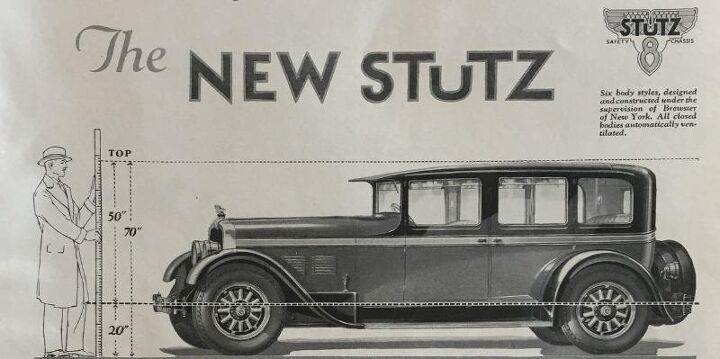


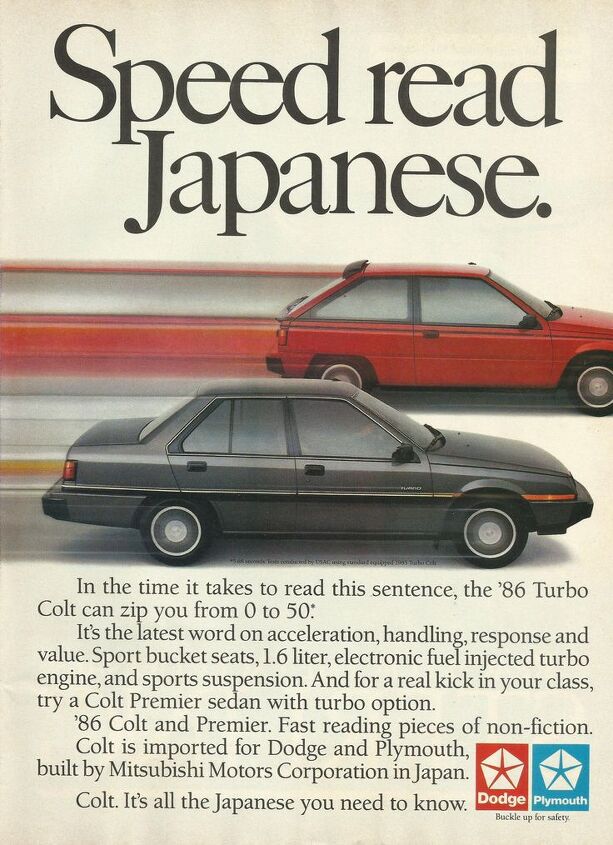
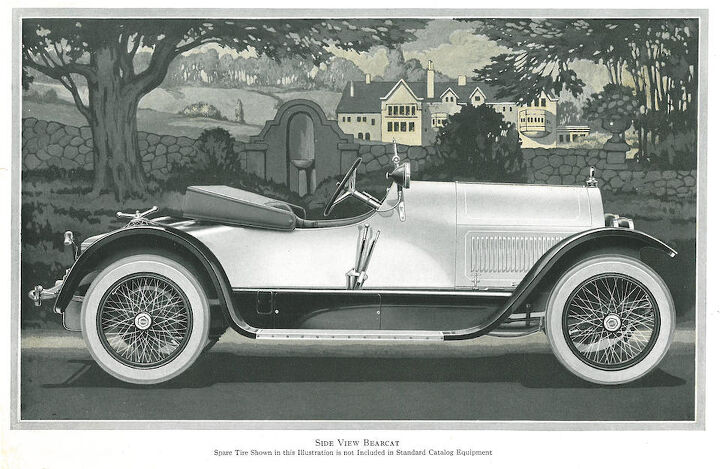


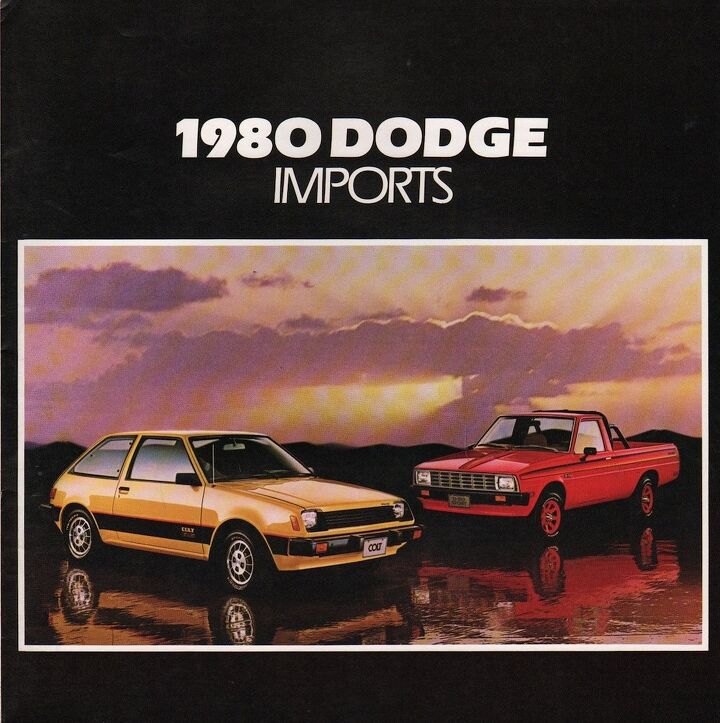
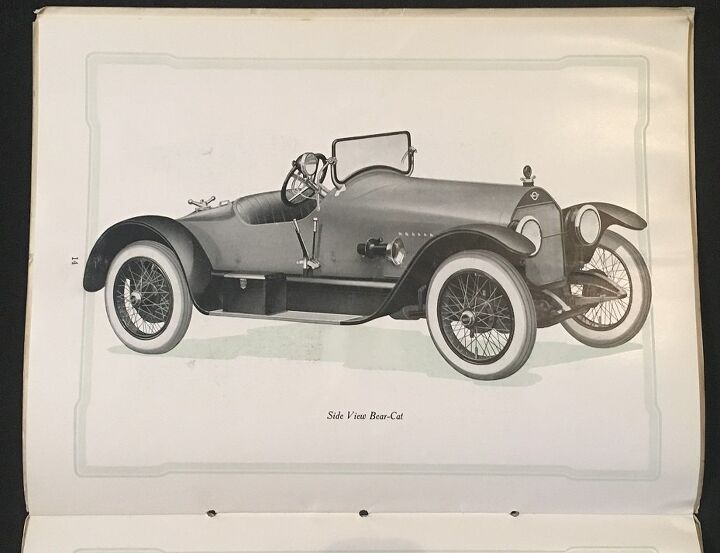


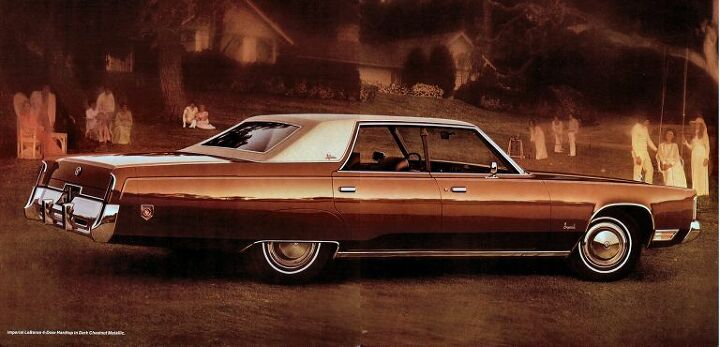

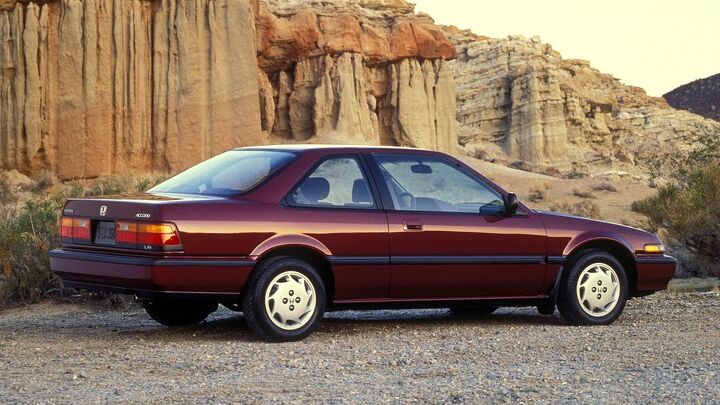












Recent Comments